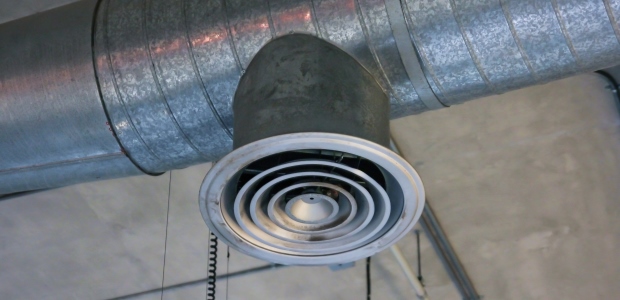
It is sensible that businesses and institutions should invest in programs to reduce the presence of harmful microorganisms.
Studies in animals have shown adverse lung and liver effects associated with exposure to silver nanoparticles, and based on an assessment of the data, NIOSH developed a new draft recommended exposure limit for silver nanomaterials that applies to processes that produce or use silver nanomaterials.

More than 14,000 safety professionals are expected to attend this year's NSC Congress & Expo, being held in Houston from Oct. 20 through 26.
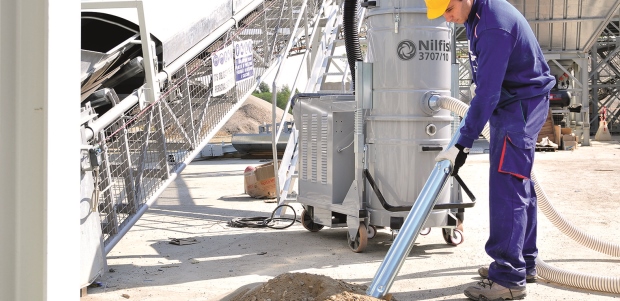
On June 23, most provisions of OSHA's silica standard for general industry became enforceable. Many employers still have a long way to go to achieve full compliance.
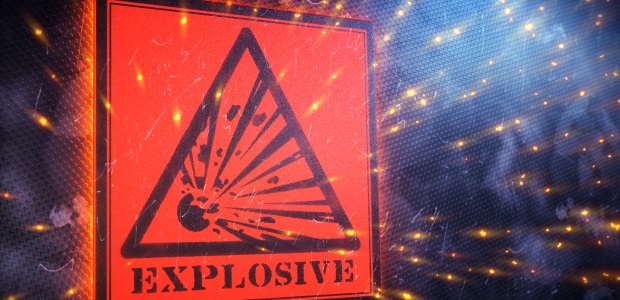
Awareness training, good housekeeping, reference to safety data sheets, and adopting best practice should, in combination, minimize the potential for an explosion.
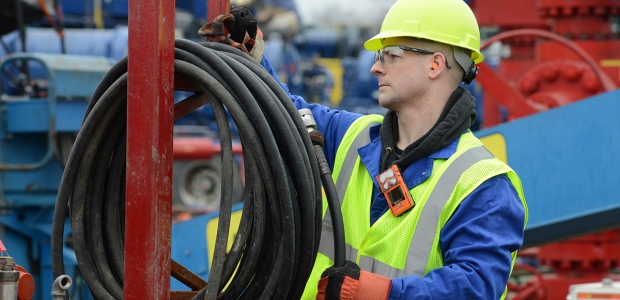
Catalytic bead LEL sensors need a certain level of oxygen to correctly read combustible gas up to 100% LEL.
The International Occupational Health Association (IOHA) announced Tuesday that Nancy Leppink, JD, will be the opening keynote speaker for the 2018 IOHA International Scientific Conference.
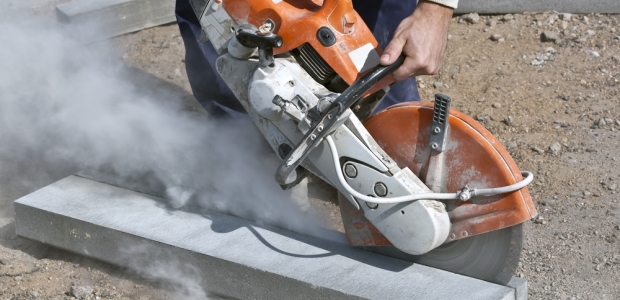
OSHA requires that engineering controls be used to achieve necessary exposure reductions unless infeasible; organizations may not simply issue respirators and "be done with" their attempts to lower exposures.
People can be exposed to PFAs in the air; in indoor dust, food, and water; and in some home products. The main sources of exposure to PFAs, such as PFOA and PFOS, are usually from eating food and drinking water that has these chemicals.
The May 2019 conference and expo will take place in the only U.S. city to earn a place in the Wall Street Journal's top 10 places to visit in 2018, according to the 2018 Official Visitors Guide to the Twin Cities Area.

Unfortunately for the individual user and the companies that mandate these monitors, there needs to be a correction. If not, there can be some dire consequences.
"These new officers and directors offer a range of perspectives and professional experience, and I am thrilled to welcome them in their new roles," said Deborah Imel Nelson, Ph.D., CIH, president of the AIHA Board of Directors. "I look forward to working with them as we guide our association into the future."
This year's honorees include Dr. Bennet Omalu, best known for having first identified the disease he named Chronic Traumatic Encephalopathy (CTE) in athletes who had competed in high-impact contact sports. He will receive the William Steiger Memorial Award.
A direct final rule clarifies the definitions of Beryllium Work Area, emergency, dermal contact, and beryllium contamination, and it clarifies provisions for disposal and recycling and provisions that OSHA intends to apply only where skin can be exposed to materials containing at least 0.1 percent beryllium by weight.

Effective industrial hygiene management requires recording and maintaining consistent and complete work site data. Using outdated methods is in itself a serious risk.

With the right strategies and tools, you’ll overcome the challenges and create an industrial hygiene program that protects your most important asset—your employees.

The May 22 general session will bring all attendees together for a discussion on one of the most pressing issues in America, the opioids crisis and the potential for first responders to be dangerously exposed while working.
The agency is considering focusing on five "key goals," including increasing understanding of new hazards and related health risks, supporting the creation of guidance materials, supporting epidemiologic studies for nanomaterial workers, and promoting national adherence with risk management guidance.
According to the commission, the new limits would improve working conditions for more than 1 million EU workers and prevent more than 22,000 cases of work-related illness, including cancers.

Just because a poison or inhibitor wasn't applied directly to the instrument doesn’t mean that it may not have been exposed to something while in a tool box, storage locker, or anywhere else gas detection equipment may be stored.